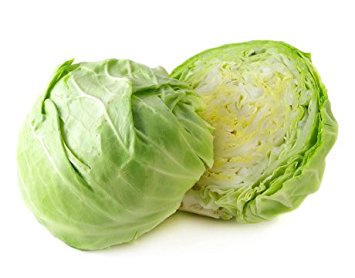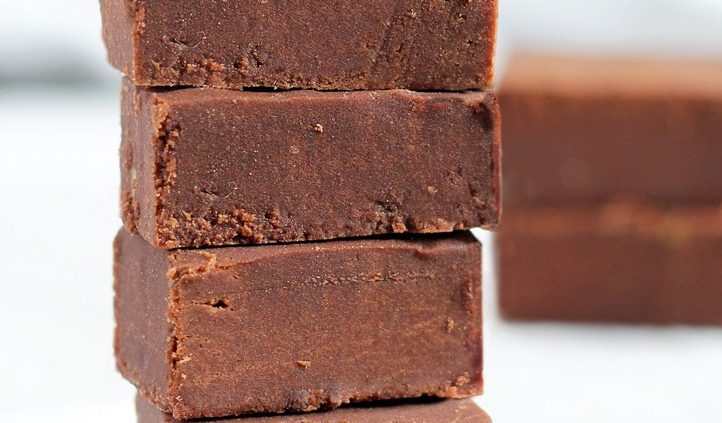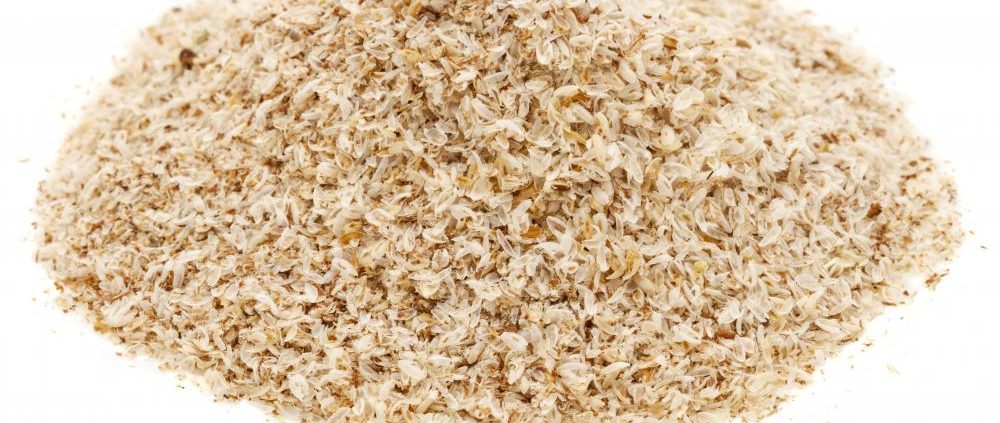For as long as I can remember, Autumn has been my favorite season. I love everything about it: the cooler temps and brisk air, nature’s fiery kaleidoscope of oranges, yellows, and reds, even the shorter days and long nights that arrive with the changing seasons.
Basically I feel like the introvert in me can fully relax for the first time since spring rushed in with its frenzy of nonstop activity. It’s okay to slip into my p.j.’s at 7pm, curl up with a good read, and sleep nine hours without feeling an ounce of guilt.
Many, many people, however, have the exact opposite experience that I do. When the calendar hits September, some of you begin filling with dread, knowing that the dark, chilly months ahead will likely sour your mood, tank your energy levels and leave you feeling depleted, lonely, listless, worried, nervous, and SAD. I hear it from my clients each year: fall and winter feel endless and suffocating.
This newsletter is for you.
SAD = Seasonal Affective Disorder
While it’s been known for a very long time that some people struggle with their mood and energy during autumn and winter, the term “SAD” has only been around since 1984 when it was first used in a paper written by Norman Rosenthal and his colleagues at the National Institute of Mental Health in Bethesda, MD. This paper helped shine the spotlight on and foster a wider discussion about SAD, the disorder an estimated 10-20% of Americans deal with. It spurred decades of concentrated research about what drives SAD, how it might be treated effectively, and it also brought validity to the very real struggles and depression that many people experience like clockwork every year.
The reasons some people experience SAD and others don’t still isn’t understood completely because – like most things we study – everybody is unique and there’s a ton of nuance to consider, but it is theorized that SAD is related to changes in circadian rhythms, as well as shifts in both melatonin and serotonin production. (Melatonin is the hormone that regulates sleep wake cycles; serotonin is our feel-good hormone.)
Since SAD is such a big topic, I’ve decided to devote two newsletters to the conversation. Today we’ll be looking at how we might be able to harness physical activity and nutrition (including supplementation) to our benefit; next time we’ll dive into additional lifestyle practices to consider. Stay tuned.
Making Music from the Autumn Blues
1. Eat an Anti-Inflammatory Diet
Admittedly, this topic could be an entire newsletter in itself, but basically an anti-inflammatory diet consists of:
– lots of brightly colored organic fruits and vegetables: dark, leafy greens like kale and collards, bright berries, glowing orange squashes and pumpkins, purple cabbage, etc. Strive to eat a rainbow of produce each day. What if you filled 2/3 of your plate with produce each day? It would be a phytochemical-fest! (And that would be a good thing.)
– plenty of healthy fats: avocados, omega-3 rich fish like salmon and sardines, olives, olive oil, chia seeds, nuts, etc.
– quality meats: if you eat meat, choose meat from animals that lived a good life outside in the sunshine, eating a diet natural to them (a diet usually consisting of grasses, forbs, legumes, grubs, insects, etc. Yum!)
– other nutritionally-dense, fiber-rich foods: quinoa, black beans, pinto beans, brown rice, etc.
An anti-inflammatory diet does not include soda, sugar, excessive alcohol, chemicals, highly-processed or other poor quality food (but you already knew that). Here’s an easy shortcut to remember: if it has a label on it, you may want to think twice about eating it.
2. Consider Carb Cycling
More and more functional medicine physicians are talking about a concept called “carb cycling,” which emphasizes the importance of timing one’s daily carbohydrate intake in a way that adjusts our cortisol rhythms and makes it easier to harmonize our circadian rhythms (remember, it’s theorized that circadian rhythms are often disrupted in those dealing with SAD). There’s often some confusion around what exactly is meant when we say the word carbohydrate; in this context we’re talking about most beans, potatoes and sweet potatoes, winter squashes like acorn, butternut, and kabocha, peas, lentils, parsnips, turnips, corn, beets, brown rice, quinoa, all other grains, and fruit.
If one were cycling his or her carbs, it would look like this:
Breakfast: 1 golf ball-sized amount of carbohydrates
Lunch: 2 golf balls of carbohydrates
Dinner: 3 golf balls of carbohydrates
Studies showed that participants who cycled their carbs according to the amounts above balanced out their cortisol levels, began sleeping more easily and soundly, and even lost weight – usually within a couple of weeks.
3. Supplement with Vitamin D
The benefits of vitamin D are now well-reported and most people have some awareness of just how critical this “vitamin” (which is really a hormone) is to optimal health. Bone health, immune health, mental health, and more all rely on a solid bank of vitamin D, preferably in the 55-80 ng/ml range (vitamin D levels can be ascertained via a blood test). SAD is more common the more north you go. According to the American Academy of Family Physicians, SAD is seven times more common in Washington than in Florida, which has led researchers to conclude that optimal vitamin D levels play a critical role in warding off SAD. Find out your vitamin D levels, then talk to your doctor about just how much vitamin D to supplement with. Because I live in Minnesota (a northern latitude) and have a tendency to be deficient anyway, I don’t think twice about taking 5,000-10,000 IU’s daily in the winter, but everybody is unique.
4. Talk to your physician about 5-HTP.
5-HTP is an amino acid used in the production of serotonin. Serotonin, as you well know, is the neurotransmitter responsible for stabilizing one’s mood and essentially helping us feel good. Physicians generally recommend supplementing with 5-HTP rather than serotonin because it can access the brain from the bloodstream, whereas serotonin cannot. 5-HTP can also be converted into the sleep-inducing hormone melatonin, often proving helpful for those suffering from insomnia related to SAD. Overall clinical trials to date show that 5-HTP has been shown to help alleviate depression associate with SAD, as well as persistent depression. While 5-HTP is generally considered safe, please don’t run out and start supplementing without talking to your doctor first. If you take an anti-depressant, it may not be wise to throw 5-HTP into the mix. Likewise, it can cause GI upset for some folks. Note: it is recommended that one take 5-HTP for a maximum of 12 weeks at a time.
5. Boost your B-vitamins with a quality probiotic. Among the trillions of important bacteria that live in our digestive tract are friendly little guys that produce B vitamins, specifically biotin, folate, and B12. B vitamins are important for energy production – converting our food into fuel – which is critical for people suffering from winter lethargy. Additionally, b vitamins are known to help alleviate mood disorders, including depression and anxiety. Keeping your gut microbiome healthy is important for many reasons, one of which definitely includes nurturing the production of B vitamins. Our poor microbiome is constantly under assault from stress, sugar, chemicals, nutritional deficiencies, and alcohol, so incorporating a probiotic like Prescript Assist or Florastor (two of my favorites) can give us some much-needed support.
6. Move your body, preferably in the morning.
I realize it is a tall order to ask someone who is feeling down and lethargic to incorporate exercise into her routine, but moving your body is absolutely critical for keeping SAD at bay. Inactivity will only breed more lethargy. Movement creates energy. I’m a huge fan of getting outside for a brisk walk in the morning (another thing that helps balance our circadian rhythms), but if that doesn’t speak to you find something else that does. Perhaps swimming at a local gym or participating in a heated yoga class will help you forget it’s winter. Maybe dancing is your thing; hip hop or other dance videos are just a click away on YouTube. Even just putting on some favorite tunes and lifting weights for 10 minutes can send a positive ripple through your day. Just don’t sit on your butt all day. That will never serve you.
Seasonal Affective Disorder is real and can be debilitating. I hope you found an idea or two you can explore further. I’ll be back in a couple of weeks with a Part 2 to this newsletter, in which I’ll share additional lifestyle practices we can try to help make some music from the Autumn Blues. Sending you love and light as we journey into the dark.
With love and a big hug,
Claudine





Follow